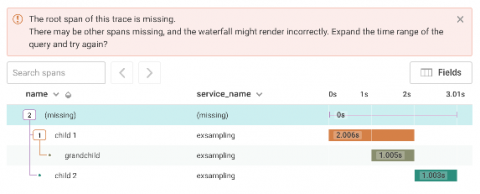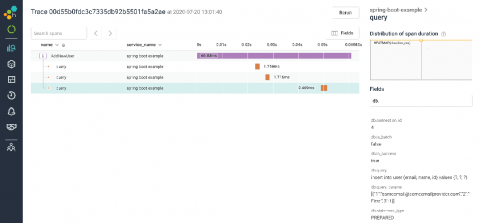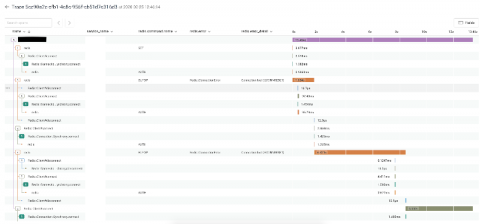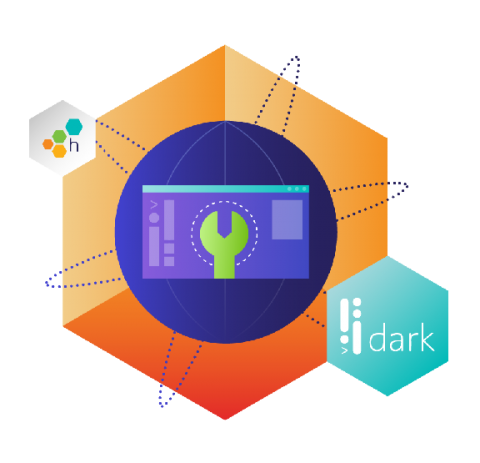All Aboard! Set Your Team Up for Honeycomb Success
Thank you so much to all who attended Raw & Real Ep. 5 “All Aboard! Bring Your Team Together,” and to any who take the time out of their busy days to watch the recording 🙂 This was a session for those who would describe yourselves as “internal champions” of Honeycomb and Observability.









